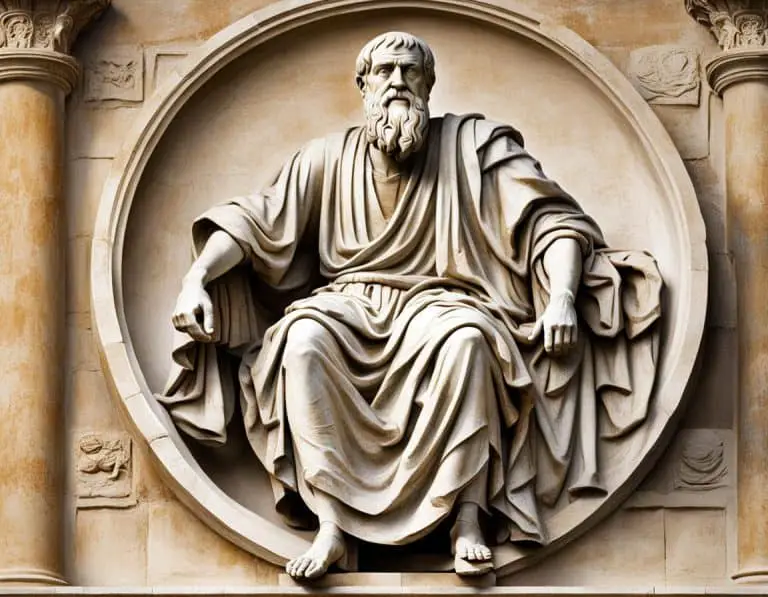Introduction
Plato’s Parmenides is one of the most enigmatic and philosophically dense dialogues in his corpus. It challenges the coherence of his Theory of Forms and engages with profound paradoxes regarding the nature of being and non-being. Through an intricate dialectical exercise, the dialogue explores the limitations of human reasoning when confronting abstract metaphysical concepts. This article examines the key paradoxes presented in Parmenides, their implications for Plato’s philosophy, and their relevance to contemporary metaphysical debates.
The One and the Many: A Logical Dilemma
A central paradox in Parmenides arises from the discussion of unity and plurality. Parmenides and his interlocutors question whether the One (a reference to ultimate reality) can simultaneously exist as a singular entity while also containing multiplicity. This contradiction challenges the logical consistency of Forms as separate and immutable entities. If the One possesses characteristics, it ceases to be purely one; if it lacks characteristics, it becomes indistinguishable from non-being. This paradox reveals potential issues in Plato’s ontological framework and has influenced later metaphysical theories on the relationship between unity and diversity.
The Problem of Participation
Plato’s Theory of Forms relies on the notion that material objects participate in abstract Forms. In Parmenides, this idea is rigorously tested through a series of paradoxes questioning how participation can occur. If a Form is wholly present in multiple objects, it becomes fragmented, contradicting its supposed indivisibility. Conversely, if it remains separate from particulars, its explanatory power diminishes. This dilemma forces a reconsideration of the nature of Forms and their interaction with the physical world, leading to alternative interpretations of Plato’s metaphysics.
Being and Non-Being: A Philosophical Puzzle
Perhaps the most profound paradox in Parmenides involves the very nature of being and non-being. The dialogue suggests that if non-being exists in any way, it must possess some form of being, leading to a contradiction. Conversely, if being is entirely distinct from non-being, then differentiation itself becomes impossible. This tension between existence and negation has been foundational for later philosophical inquiries, influencing thinkers from Aristotle to modern existentialists. The dialogue forces readers to question whether being can be coherently defined without reference to its negation.
Plato’s Parmenides remains one of the most intellectually challenging works in Western philosophy. By presenting rigorous paradoxes regarding unity, participation, and being, the dialogue serves as a crucial testing ground for Plato’s own metaphysical theories. While Parmenides does not offer definitive solutions, its exploration of these dilemmas continues to shape philosophical discussions on ontology, logic, and the limits of human comprehension. Engaging with these paradoxes allows for a deeper understanding of the complexities underlying existence and reality.
